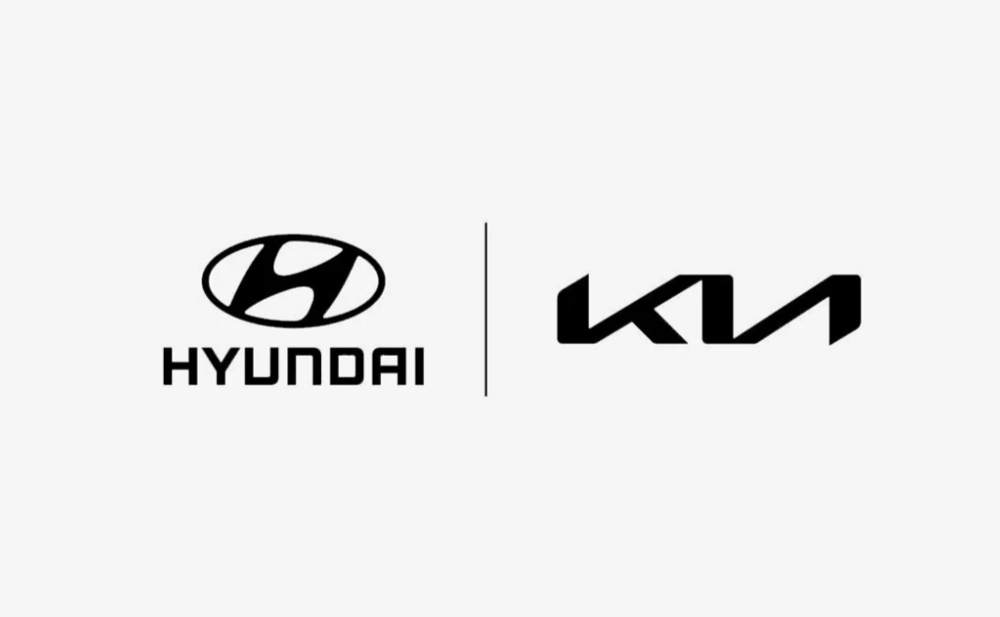Hyundai and Kia Divest Stakes in Ola Electric Amid $80M Share Sale
Hyundai Motor Co. $005380.KS and Kia Corp. $000270.KS, two of South Korea’s leading automotive manufacturers, have partially or fully exited their equity holdings in Ola Electric Mobility Ltd. $OLAELEC.NS, one of India’s most prominent electric vehicle (EV) startups.
The stake sales occurred as part of a joint secondary transaction valued at ₹6.89 billion (~USD 80 million), according to data released by Indian stock exchanges. Hyundai sold its entire 2.47% stake, while Kia reduced its stake by 0.6%. The transactions were executed at a per-share price of ₹50.70 for Hyundai and ₹50.55 for Kia.
The timing of the deal is noteworthy as Ola Electric continues preparations for its long-anticipated initial public offering (IPO), amid an increasingly competitive EV market and evolving investor sentiment around high-growth, loss-making startups.
Automotive Strategy Shift: Implications of Hyundai and Kia’s Exit from Ola Electric
The strategic decision by Hyundai and Kia to exit or scale back investments in Ola Electric signals a recalibration of exposure to early-stage EV ventures in emerging markets. While both automakers initially entered India’s EV landscape through strategic equity investments in Ola to explore future collaborations and tap into India’s green mobility ambitions, the latest move suggests a shift toward capital optimization and focused R&D investments in proprietary EV platforms.
The share sale may also reflect Hyundai and Kia’s growing preference for direct control over EV operations in India, as both companies expand their own electric vehicle portfolios locally. Hyundai recently committed to investing ₹200 billion in India for EV manufacturing, and Kia is scaling up its domestic production and EV charging network.
The divestment coincides with a broader global trend: automakers are increasingly selective in capital deployment, emphasizing core technology development, battery sourcing security, and direct-to-consumer infrastructure rather than minority stakes in external startups.

Quick Facts: Hyundai and Kia’s Stake Reduction in Ola Electric
Total deal value: ₹6.89 billion (~USD 80 million)
Hyundai stake sold: 2.47% at ₹50.70 per share (fully exited)
Kia stake sold: 0.6% at ₹50.55 per share (partial reduction)
Company divested from: Ola Electric Mobility Ltd
Transaction type: Secondary market share sale
Timing: Ahead of Ola Electric’s planned IPO in Indian markets
Market Reaction and Sector Implications: Capital Realignment in the EV Ecosystem
Market participants interpret the move as a financially tactical one, rather than a loss of confidence in Ola Electric’s long-term potential. The upcoming IPO, expected to raise capital for manufacturing and R&D expansion, may have presented a liquidity window for early investors such as Hyundai and Kia.
Analysts note that the exit could offer Hyundai and Kia additional capital flexibility to fund their proprietary electric mobility roadmaps, especially as the EV space becomes capital-intensive and policy-driven. India’s EV penetration remains under 5% but is targeted to grow rapidly by the end of the decade, creating both risk and opportunity for original equipment manufacturers (OEMs).
Meanwhile, Ola Electric’s valuation trajectory and investor perception post-IPO will be closely monitored, especially in light of mounting scrutiny on EV startups’ burn rates and path to profitability.

Key Strategic Takeaways
Portfolio Optimization: Hyundai exits Ola Electric to streamline EV capital allocation.
IPO Timing Advantage: Stake sale aligns with pre-IPO liquidity window.
Shift to In-House EV Platforms: OEMs focus on proprietary tech and local EV manufacturing.
Sector Volatility: Early-stage EV players face valuation and profitability challenges.
India’s EV Landscape Evolves: Regulatory push continues amid strategic capital reshuffling.
Stake Sales Reflect Global OEM Focus on Capital Discipline and Core EV Innovation
The withdrawal of Hyundai and the partial exit of Kia from Ola Electric underscore a pragmatic approach to managing EV investments amid a volatile and maturing electric mobility landscape. While the Indian EV market holds substantial growth potential, the evolution of capital strategies among legacy automakers reflects a broader trend of prioritizing technological independence, operational control, and long-term capital efficiency.
For Ola Electric, the divestment adds momentum to its IPO narrative but also raises expectations for post-listing execution and capital stewardship. The transaction reinforces the shifting dynamics between startups and incumbents in the global auto industry as the race to electrification accelerates.















Comments